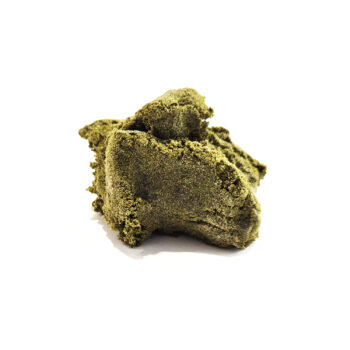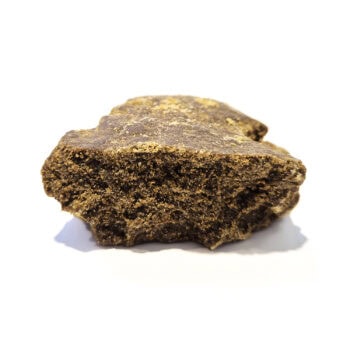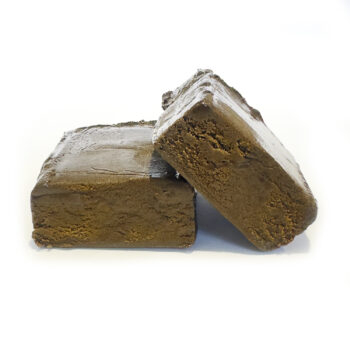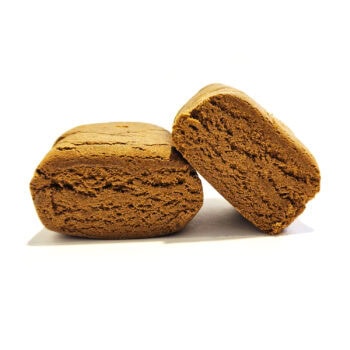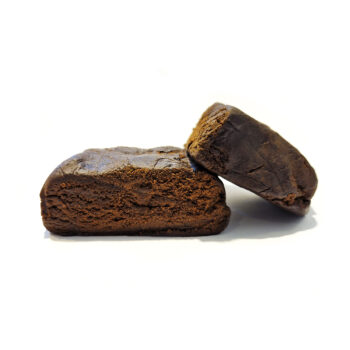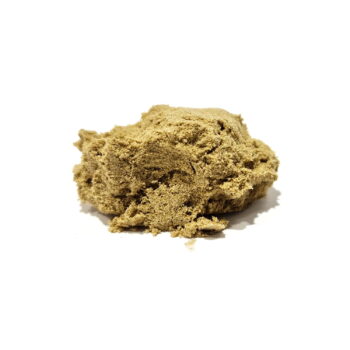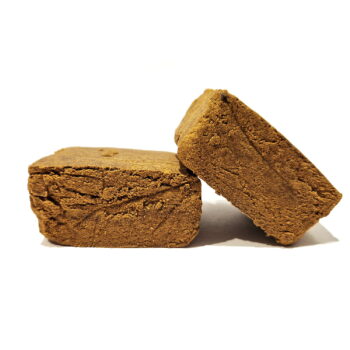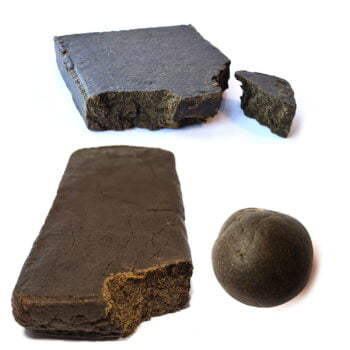PRODUCTION
How Is High-Quality Hash Made?
The art of traditional hash production dates back centuries. Hash is a concentrated form of hemp resin, created by carefully separating and compressing the sticky trichomes found on the surface of the cannabis plant.
Here’s an overview of the key steps in crafting high-quality hash:
1. Selecting the Raw Material:
The quality of the starting material is crucial for producing premium hash. Only hemp flowers rich in sticky resin and trichomes are selected to ensure potency and aroma.
2. Resin Extraction:
Trichomes contain the active compounds of cannabis, such as CBD, CBG, and CBN. Different extraction techniques are used to separate the resin from plant material, including Dry Sifting and Ice Water Separation.
3. Dry Sifting:
This method involves gently rubbing the flowers between the hands to mechanically separate the resin. The sticky substance left behind can then be collected. For larger-scale production, Pollinators are used to sift large amounts of plant material efficiently.
4. Pressing:
Once the trichomes are collected, they are pressed to create compact blocks or a softer, malleable form, depending on the resin’s characteristics. Pressing enhances the hash’s density and longevity.
5. Curing:
Some producers allow the hash to cure over time, enhancing its flavor and cannabinoid content. Curing takes place in controlled environments to optimize the final product.
6. Shaping:
Hash can be molded into various forms, such as slabs, balls, or cylinders, depending on producer preferences and market demand.
7. Drying:
Once shaped, hash must be properly dried to remove any remaining moisture, preventing mold formation and extending its shelf life.
8. Storage:
To maintain its quality, hash should be stored in a cool, dark environment. Airtight containers are ideal for preventing oxidation and preserving freshness.

